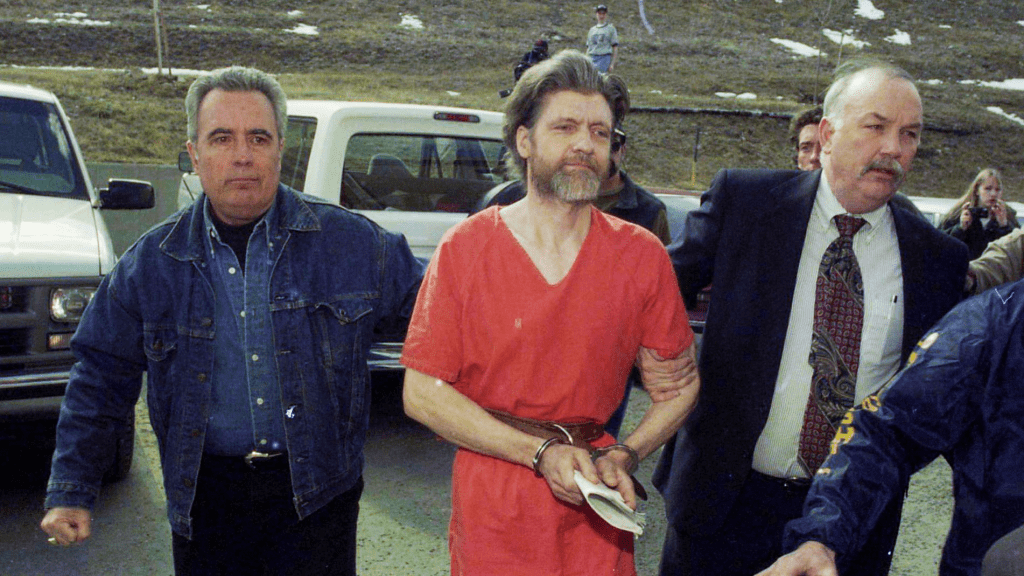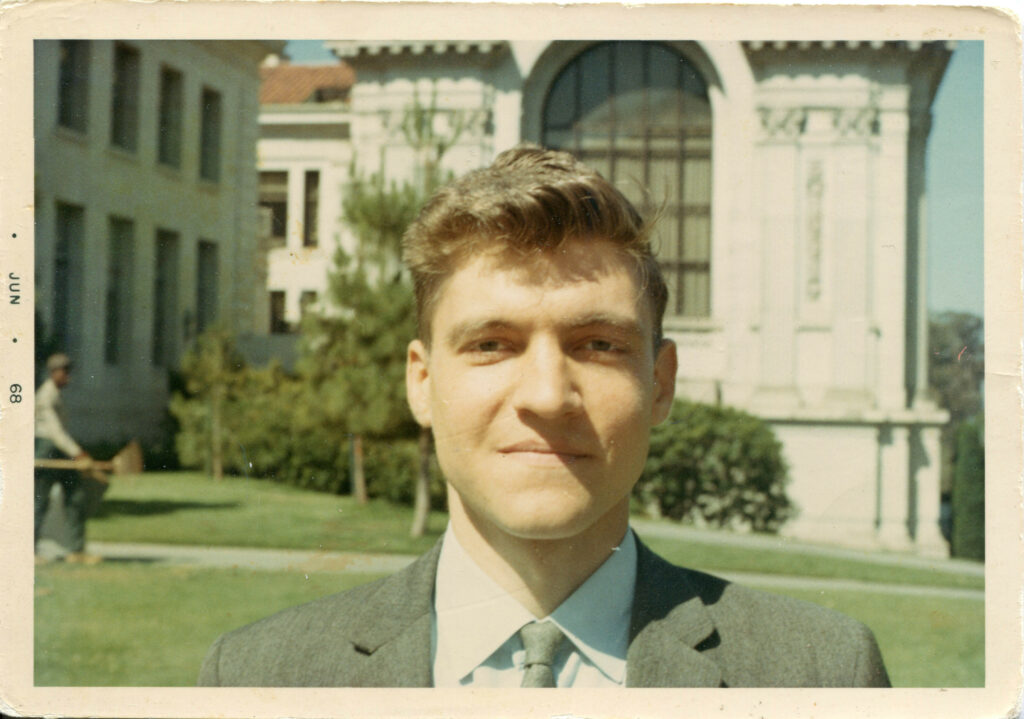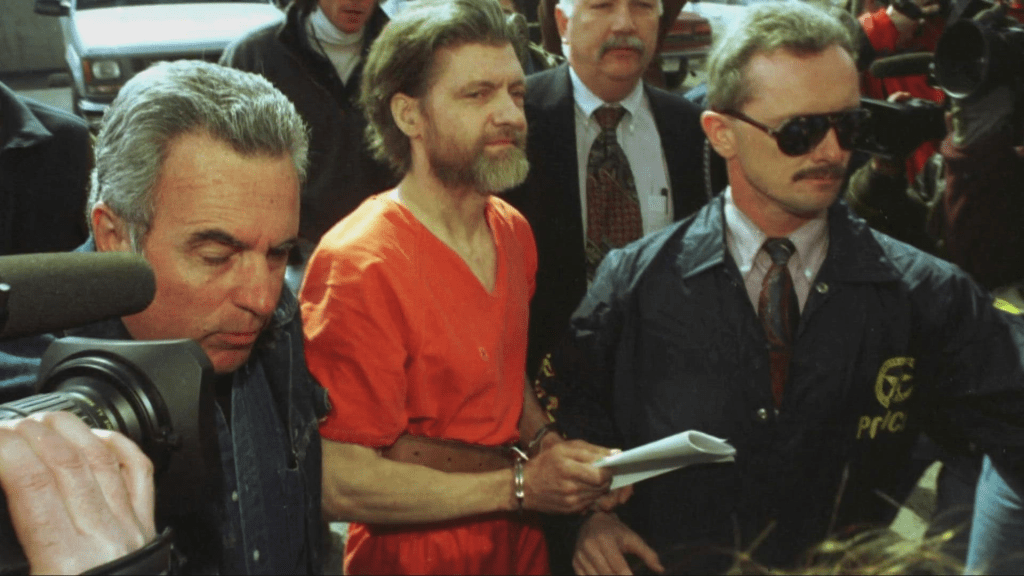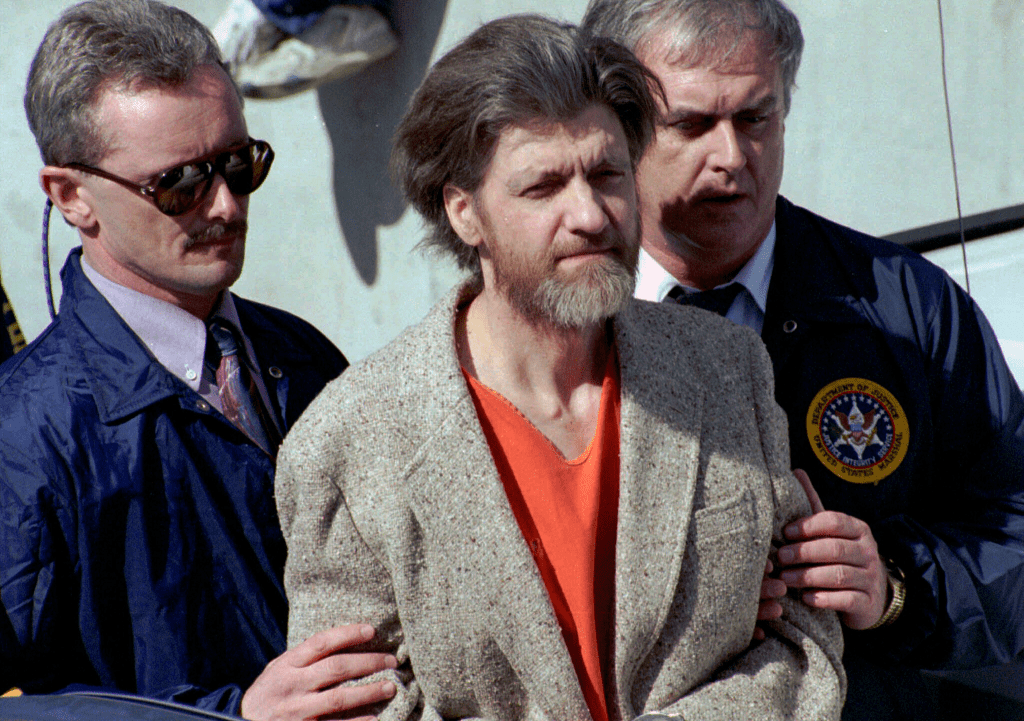When we think of child prodigies, we often imagine bright futures filled with groundbreaking work, scientific discoveries, or contributions that uplift humanity. Few names captured the promise of genius as powerfully as Theodore Kaczynski. He was accepted into Harvard University at just 16 years old, and by the age of 25, he was already a professor of mathematics at UC Berkeley. His early academic record was the stuff of legends brilliant, quiet, and intensely focused. But what no one saw coming was how this same gifted mind would spiral into isolation and violence, ultimately becoming one of America’s most infamous domestic terrorists: the Unabomber.

A Prodigy’s Rise Through the Ivy League
Born in 1942 in Chicago, Ted Kaczynski showed signs of extraordinary intelligence from a young age. Teachers and psychologists alike noted his advanced reasoning skills, particularly in mathematics. He skipped several grades, landing him in high school at an age when most kids were still in middle school. At 16, he was accepted into Harvard one of the most prestigious institutions in the world.

But even among bright minds, Kaczynski stood out. He was quiet, socially withdrawn, and intensely academic. Roommates described him as brilliant but aloof. Despite being surrounded by some of the brightest young thinkers in the country, Kaczynski never quite connected on a personal level. It was clear he wasn’t just different he was distant.
Video:
The Internet’s Favorite Terrorist: The Unabomber’s Life & Legacy
An Academic Career That Could Have Changed the World
After graduating from Harvard, he earned a Ph.D. in mathematics from the University of Michigan. His dissertation was so advanced that many professors admitted they could barely understand it. It was mathematical theory at its most abstract, elegant, and intellectually demanding. In 1967, he took a position as an assistant professor at the University of California, Berkeley. At just 25, he was among the youngest faculty members in the department.
But within two years, he walked away.
Kaczynski abruptly resigned in 1969 with little explanation. He withdrew from the academic world, severed social ties, and disappeared from public life. It was a move that left many puzzled but in hindsight, it was the beginning of a disturbing transformation.

Isolation in the Montana Wilderness
Kaczynski moved to a small, self-built cabin in Lincoln, Montana. He lived with no electricity or running water, completely off the grid. What started as a retreat from modern society turned into an obsessive hatred of it. He believed that industrialization and technological advancement were destroying human freedom and the natural world.
He began writing extensively, drafting what would later become known as “Industrial Society and Its Future”, or the Unabomber Manifesto. In it, he argued that technological progress was a fundamental threat to human dignity and autonomy. But Kaczynski didn’t stop at words he took action.

The Unabomber Attacks Begin
Between 1978 and 1995, Kaczynski carried out a nationwide bombing campaign that killed three people and injured over 20 others. He targeted academics, airlines, and businesses involved in technology. Each bomb was meticulously hand-crafted and sent by mail often designed with extreme precision to avoid detection and maximize harm.
Video:
The Unabomber, Explained
The FBI launched an investigation that would become one of the longest and most expensive in the agency’s history. For nearly two decades, Kaczynski remained anonymous, known only by his FBI codename: UNABOM (University and Airline Bomber).
How a Brother’s Suspicion Cracked the Case
In 1995, newspapers published the Unabomber Manifesto in hopes that someone would recognize the author’s voice. That someone was David Kaczynski, Ted’s brother. After reading the essay, David became alarmed by the similarities in language, ideas, and tone to letters his brother had written. Torn by love and fear, he alerted the authorities.
On April 3, 1996, federal agents arrested Kaczynski at his remote Montana cabin. Inside, they found bomb-making materials, journals, and drafts of his manifesto. His double life once a genius mathematician, now a domestic terrorist had come to a shocking end.

Legacy of a Twisted Mind
Kaczynski pleaded guilty in 1998 to avoid the death penalty and was sentenced to life imprisonment without parole. He died in prison in 2023. His case continues to haunt the public imagination not just because of the violence, but because of what it revealed about the fragile line between brilliance and obsession.
His story is a tragic cautionary tale: that intellect without empathy, and isolation fueled by ideology, can turn a gifted mind into a dangerous one. From the esteemed halls of Harvard to the quiet terror of a Montana cabin, Ted Kaczynski’s descent shows how genius, when twisted by rage and paranoia, can alter history in the darkest of ways.



